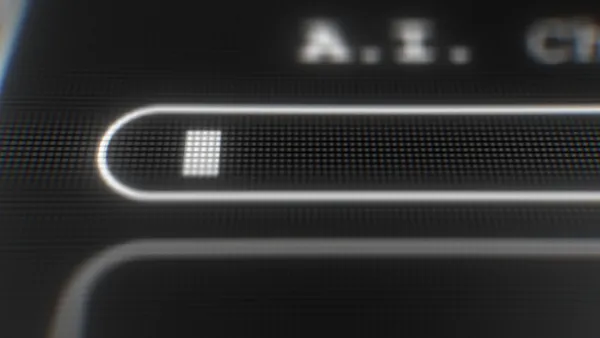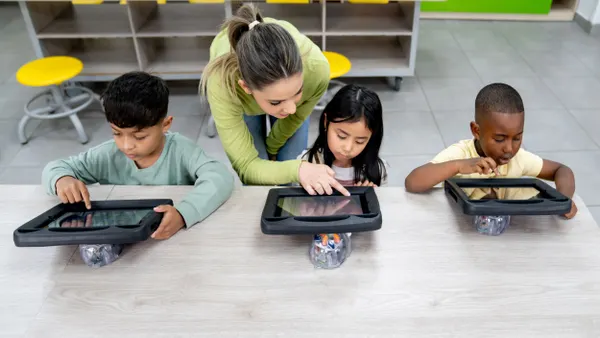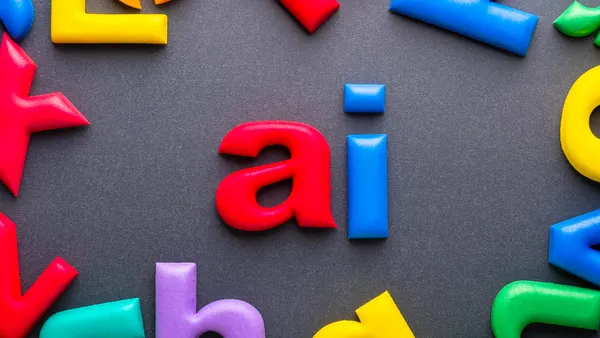Dive Brief:
-
Music students are turning to apps and handheld devices to learn how to play musical instruments, practice their notes, and even write musical scores.
-
But Edutopia writes that programs don’t get around the hard work and time required to become a true virtuoso — or even a decent piano player. A smartphone app can’t run through scales on the cello, nor the fingerwork for a guitar.
-
Tech tools can provide encouragement and even allow students to collaborate over FaceTime, but only hard work, along with hours of practice, can really turn a budding musician into a maestro.
Dive Insight:
Ensuring students are technologically fluent by the time they finish high school is imperative — not only for success in college, but in the working world, as well. Curriculum designers must give children every opportunity to engage with digital tools. But they also must ensure schools are using these tools in meaningful ways.
As a computer is a form of technology, so too is a pencil — a piece of lead driven neatly into a cylinder of wood. Yet knowing how to use either doesn’t provide a sufficient education. While ed tech tools can enhance learning — particularly in STEM subjects — they aren’t a substitute for the hard work required to master any endeavor, whether that’s learning how to play a cello or design a rocket.
Devices and apps can enliven classroom learning, walking a child through the Great Pyramid of Khufu in Egypt during a world history class in Ohio, or teaching 5th graders how to build a wind turbine out of sensors, some wire and a few Legos. But they’re not a substitute for the stamina and hard work that, as adults, they’d need to design a wind energy program to power a city. There’s no app for that.











